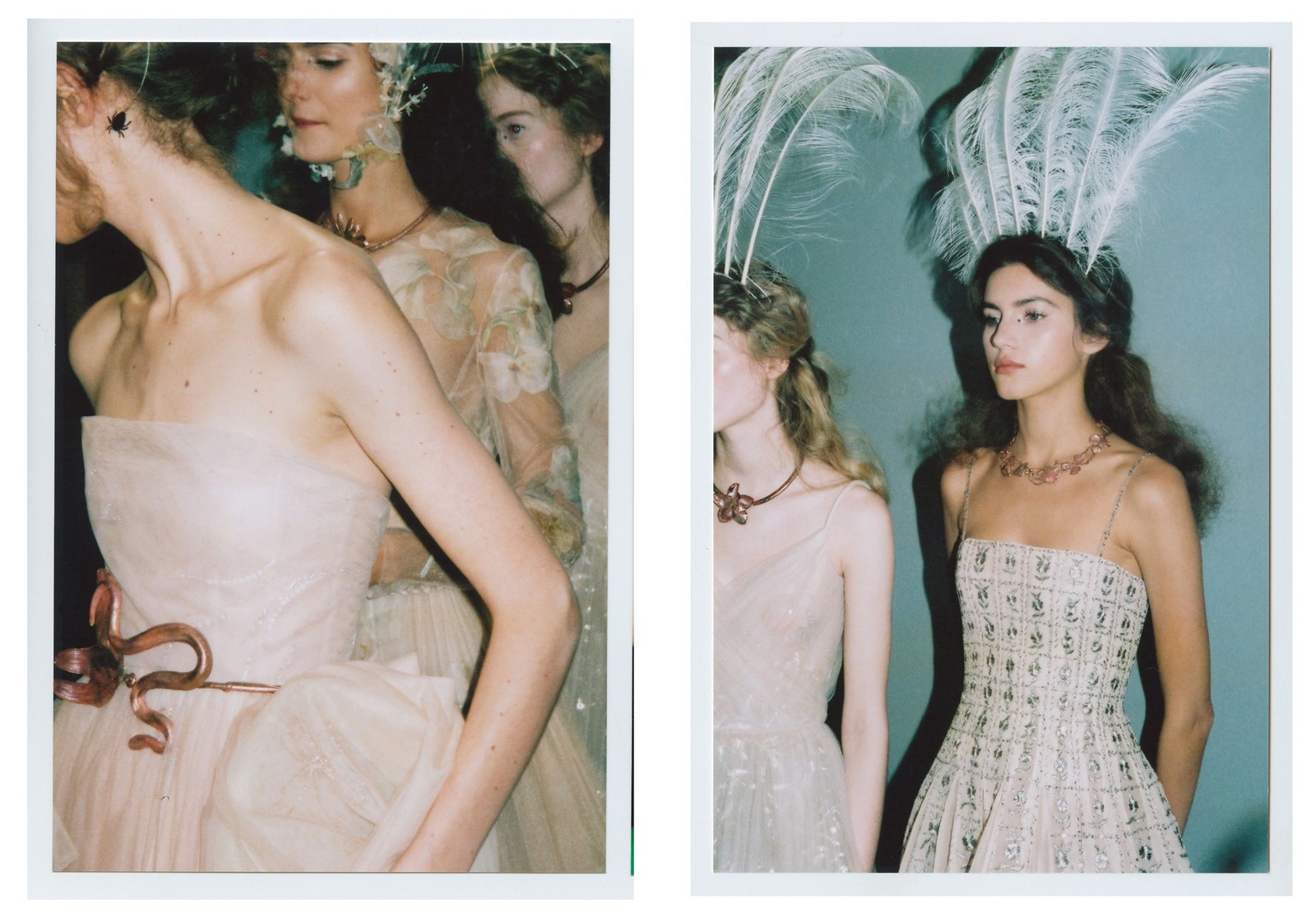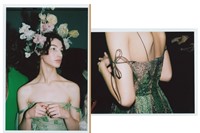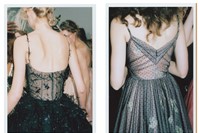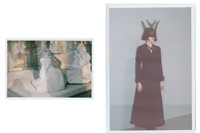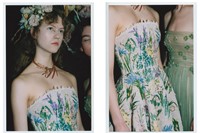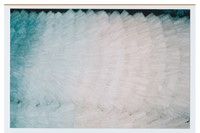Fantasy. For many of us, that’s what haute couture will always be, given a general fiscal inability to stump up anything from £50,000 to… well, the sky’s the limit when it comes to the price-tags on these clothes. But isn’t the unattainability part of the appeal? “Couture has to be fairytale,” said Maria Grazia Chiuri, the creative director of Christian Dior, before unveiling her debut haute couture collection for the house last Monday. “It’s the idea of dreaming.”
Dior has dealt in dreams for 70 years. That was the premise of Christian Dior’s own New Look, unveiled to the world on 12 February 1947, at 10.30am. Sweeping aside the restrictions and austerity of wartime – the pinched silhouettes crafted from skimpy lengths of rationed fabric, the heavy hats and shoes, the square-shouldered, warrior silhouette – Dior instead spoke of a dream of plenty. Skirts were expansive, silhouettes rounded, padding and petticoats lavishly utilised to create a silhouette of opulence. The only thing that was restricted was the waist, in tiny elastic-boned corslets between generous hips and busts.
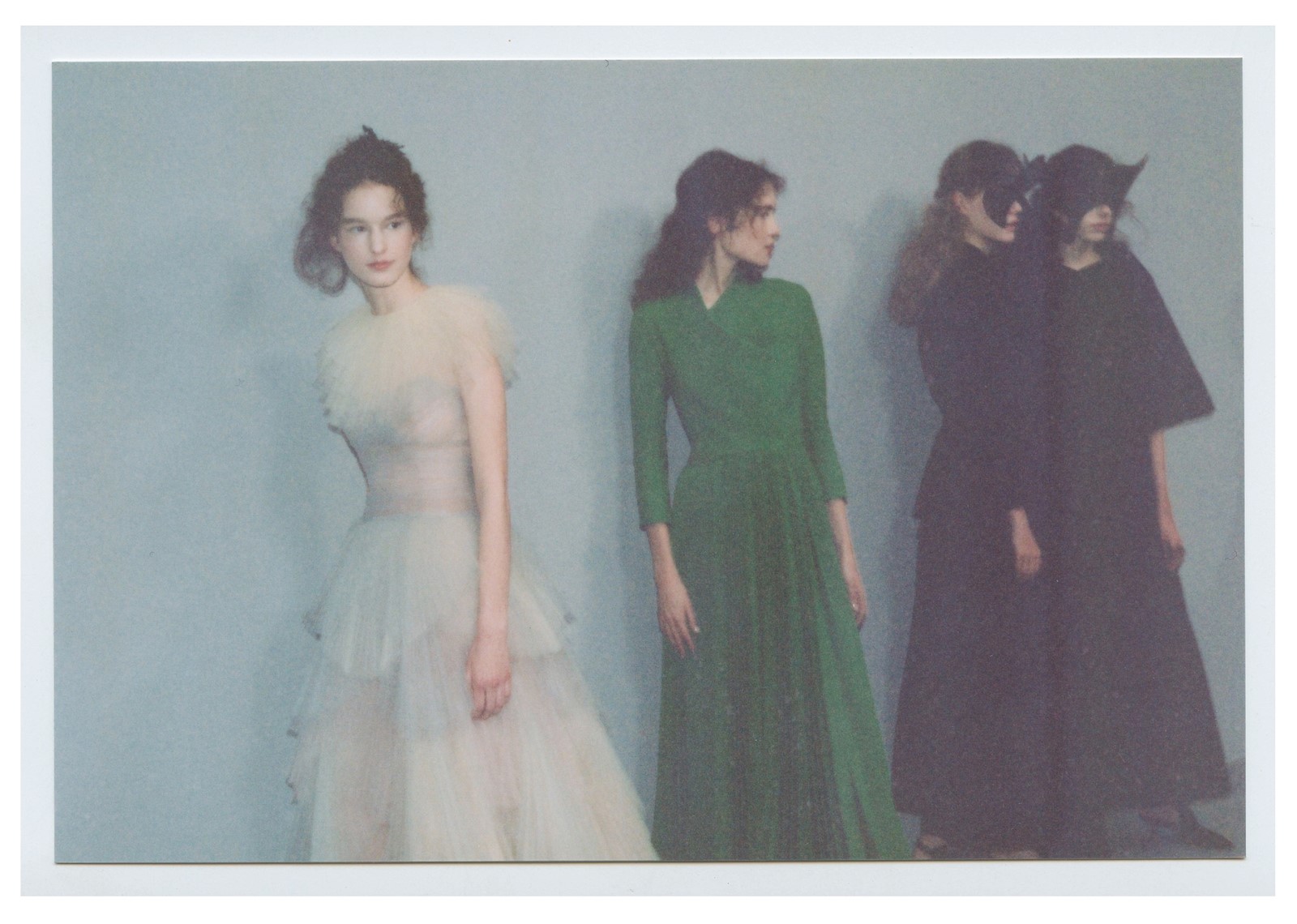
Dior himself called the ‘Corolla’, after the opening of the petals of a flower, or ‘8’, to describe those undulating feminine curves. It was Carmel Snow, the editor of U.S. Harper’s Bazaar, that declared the look ‘new’, which it wasn’t. Rather, it was an amalgamation of memories and recollections – of Dior’s own childhood in the Belle Époque, before the outbreak of the Great War; of the wide crinolines of Empress Eugénie, when Haute Couture was first born; of Marie Antoinette, even, and the old, comfortable hierarchies of the Ancien Régime.
“I didn’t want to lose this idea of dreaming, and of exciting” Maria Grazia Chiuri
Likewise, Chiuri looked backwards to create her own new looks – to Dior’s debut, of course, but also to other, more abstract notions. Namely, the tussle between the dream of Haute Couture, and its reality. “I’m Italian, I’m a different tradition of couture,” says Chiuri, in English strongly accented by her Roman upbringing. “I have an idea that couture has to dress people. There is an audience for couture. It’s part of my culture. But at the same time I didn’t want to lose this idea of dreaming, and of exciting. That I think is a little more French.”

Given that Dior is turning 70, Chiuri’s main idea was that of celebration – of a grand bal champêtre in the curlicued topiaries of a labyrinth. There’s also a link to Dior there – on Chiuri’s moodboard, in her studio behind the house’s flagship at 30 Avenue Montaigne, was an image of Dior himself, sporting a lion mask for the ‘King and Queens’ ball thrown by Count Étienne de Beaumont in 1949. He loved ballgowns, too – and the interlocked and overlapping petals of tulle on Dior’s Juno dress, from his Autumn/Winter 1949 collection, made a reappearance, lightened, in Chiuri’s own. But what could be more fairytale than a ball?
“Deep in every heart slumbers a dream,” Dior once wrote. “The couturier knows it: every woman is a princess.” They certainly are at the couture – figuratively, frequently literally. Chiuri’s princesses were in masquerade, each one individually devised as a different character at a ball. “It’s more couture,” she stated, of the individual attire and appearance of each of her models, from the black-masked dominos through to fairy princesses in layers of embroidery-spangled tulle, almost every look topped or masked by British milliner Stephen Jones in a further expansion on the idea of the individual. Which is what couture is all about too: individual clothes, individually made, for individuals. The very definition of customised.
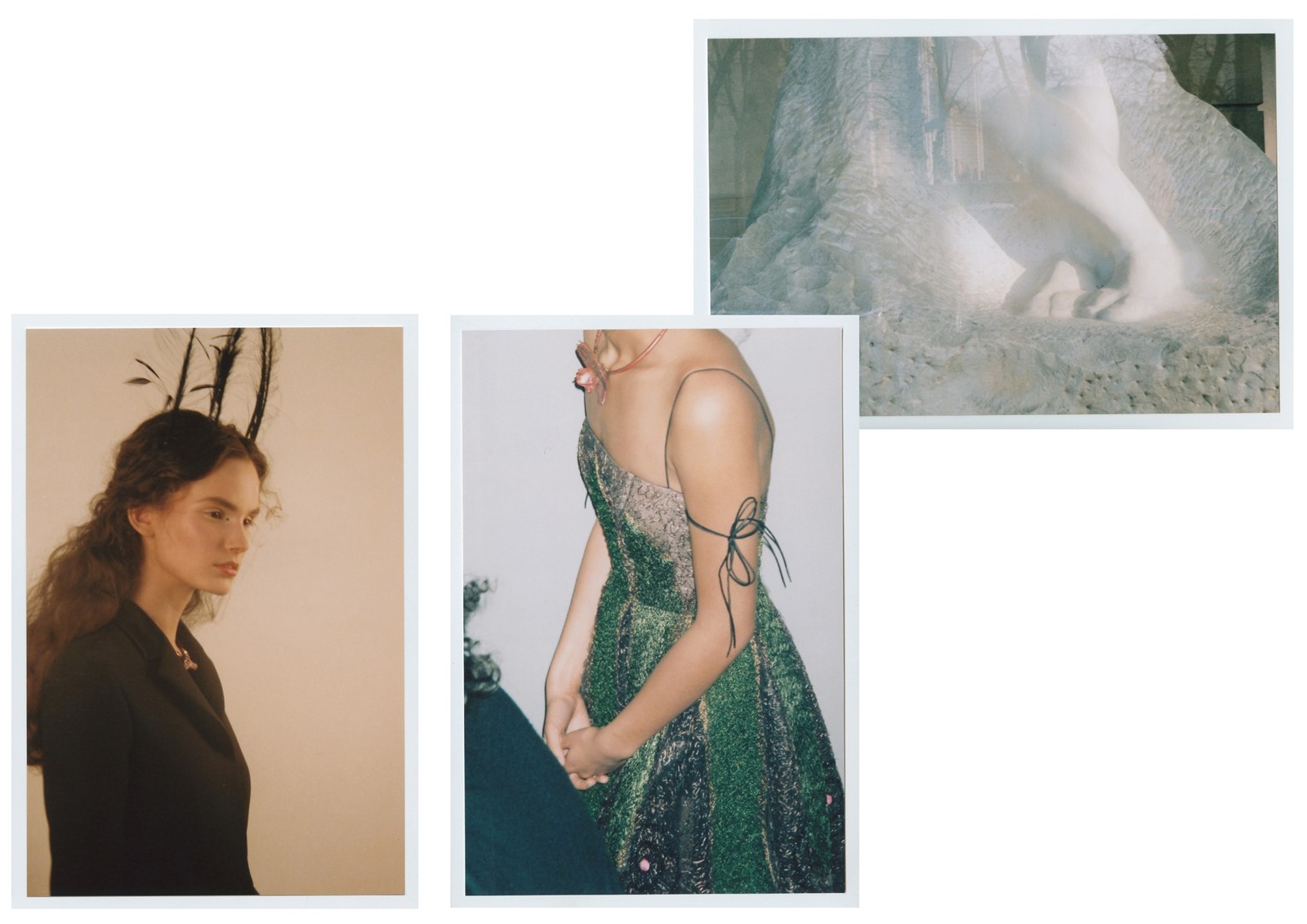
There were also, of course, those reminders of Dior’s storied past. This collection, after all, did double-duty as a birthday celebration. In the atelier, Chiuri unfurled tulle dresses with silken flowers by Pagliani trapped inside. “We use different flowers – they’re in the dress, inside, like they’re closed in a book,” she muses. “It’s the memory.” That’s the way she treated Dior’s archives – as a reference, but not a template. “I went to the archive,” she allows. “But at the same time it’s like you forget. It’s like your memory of the dress.” Hence the fact her interpretation of Dior’s monochrome Bar suit – the hourglass jacket and pleated skirt that has come to define his New Look – was a plissé organza jacket, as delicate as a blouse, above silk chiffon culottes. The strict, structured lines of the past, reimagined with a modern fluidity. “Nothing is too obvious,” Chiuri declares. “It’s thinking about Dior. It’s a memory of Dior.” A memory, and a new ‘New Look’.
Dior: Catwalk, by Alexander Fury, will be published by Thames and Hudson in June 2017.
